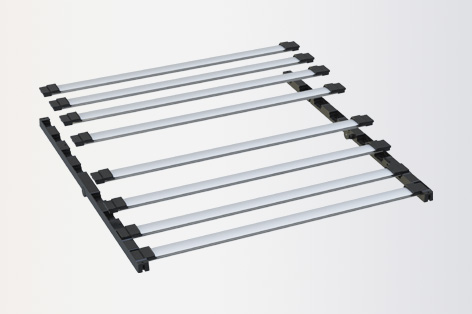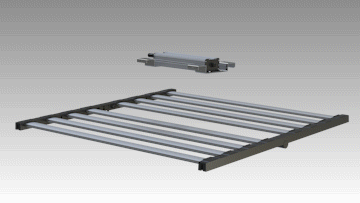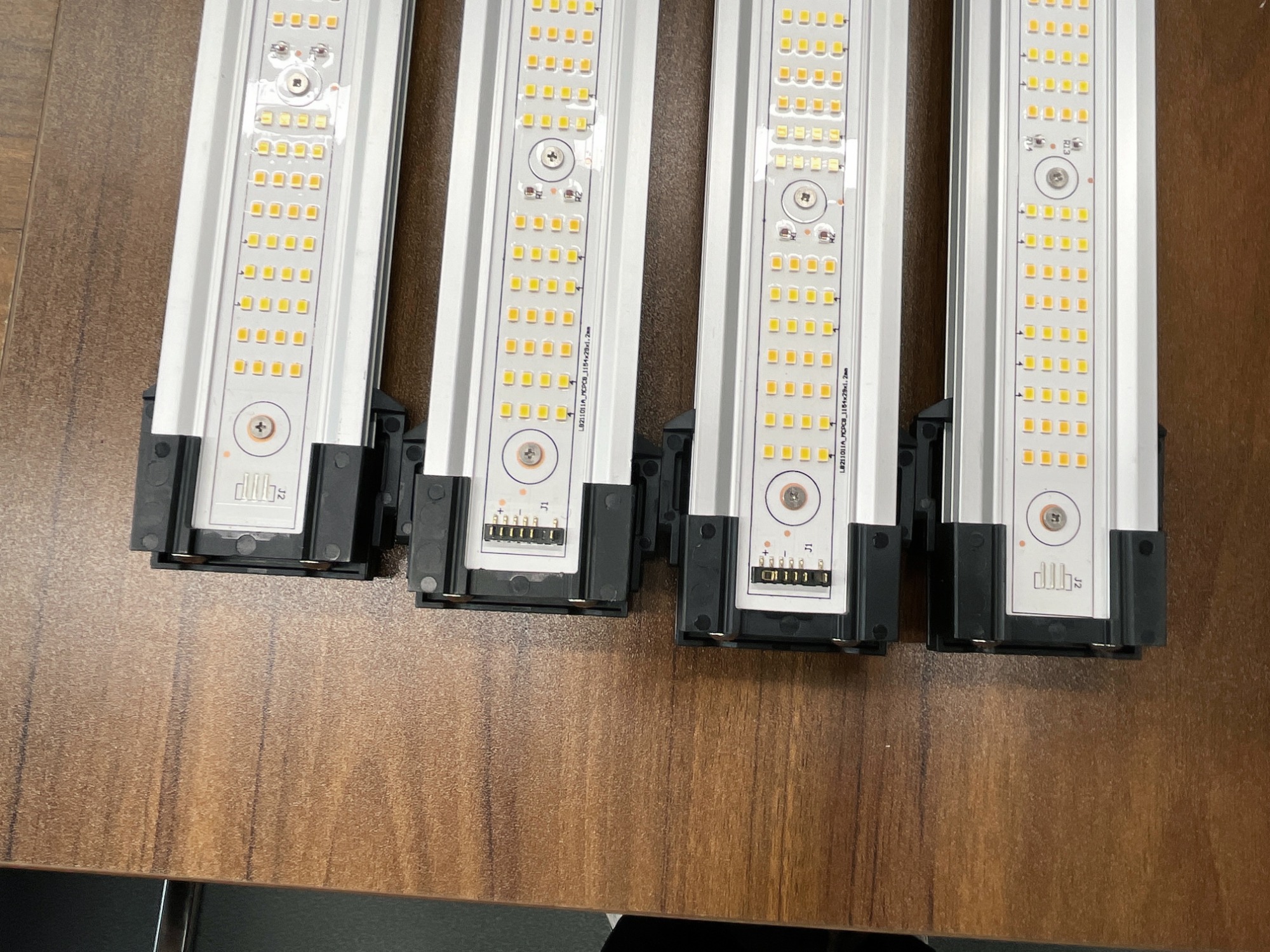When users buy plant lights, they need to understand the basic requirements of LED plant growth lights:
Spectrum: LED grow lights simulate natural light, but unless they are full spectrum LED grow lights, such grow lights don't always have all the colors on the visible spectrum. If users grow cannabis plants from seed to bloom, they should be looking for a combination of blue, violet, red, and infrared (IR) LEDs (not too much far-red and UV), although there are studies showing that blue and red light is sufficient.
Heat output: To avoid burns on the hemp leaves, the best LED grow lights have cooling systems, such as radiators or fans, that can also help the lamps avoid overheating.
Coverage: Coverage refers to how much of the plant's growth space is covered by light at different heights. It is usually measured in feet overseas and usually falls between 2'✕2' and 4'✕4'.
Power: LEDs are designed to have a positive correlation with price, so higher wattages will put more pressure on the wallet. The real measure of power should come down to how much light the plant absorbs, somewhere on the 400-780nm PAR scale. PAR stands for Photosynthetically Active Radiation, in other words, it is the amount of visible light that plants use for photosynthesis.
Light Intensity: The standard for measuring light intensity is micromoles per joule. In the product specification of LED grow lights you will see it written as umol/j or PPF (Photosynthetic Photon Flux), the best LED grow lights have high PPF because they produce more photons per second, Look for lights of 1.7 umol/j and above which are fine for most plants.
In addition to PPF, you may also see measurements in μmol/m2/s or PPFD (Photosynthetic Photon Flux Density), which sounds professional, but what you need to know as a buyer is that PPFD measurements hit the plant surface every second the number of photons. You need to measure PPF and PPFD on different coverage areas of different heights of light to understand the intensity of light at different points at different heights.
Voltage: Often overlooked by home growers, make sure the buyer's electrical outlet is within the voltage range of the LED grow lights, especially if it includes the ability to connect in series, which allows users to connect multiple lights in a wide space, but with limited access to walls The power supply can cause a lot of stress.
Warranty/Longevity: Since LED grow lights are a financial investment, having a warranty gives the user extra peace of mind and ensures that they can be returned and replaced with faulty parts.


 Can ordinary LED lights be used as plant lights?
Can ordinary LED lights be used as plant lights?
 The development trend of LED plant lights
The development trend of LED plant lights
 LED Grow Light Market Prospects
LED Grow Light Market Prospects
 The effect of photosynthesis on plants
The effect of photosynthesis on plants